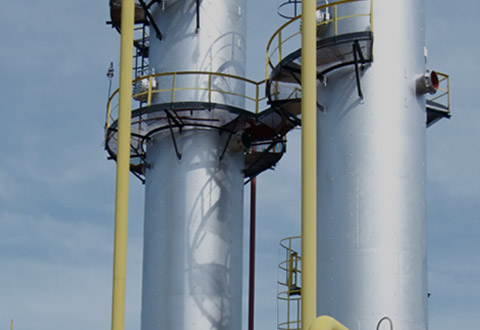
- Mobile Phone
- +8613931874955
- sales@cntcmetal.com
Metal Compression Springs - High Quality & Custom Solutions
Understanding Metal Compression Springs Design, Function, and Applications
Metal compression springs are mechanical devices designed to resist compressive forces. They play a crucial role in various industries, including automotive, aerospace, electronics, and more, owing to their essential ability to store potential energy and return to their original shape upon the release of stress.
Design and Structure
A typical metal compression spring consists of a helical coil made from a robust metallic material, such as stainless steel, carbon steel, or music wire. The design of these springs can vary significantly, depending on their intended application, load requirements, and environmental considerations. The wire diameter, coil diameter, number of turns, and overall length can all be tailored to meet specific criteria.
Compression springs are characterized by their open coils, allowing them to be compressed along the axis. This design enables them to withstand high amounts of force without becoming permanently deformed. The manufacturing process often involves advanced techniques like cold coiling, heat treatment, and surface finishing to enhance performance and durability.
Functionality
The primary function of metal compression springs is to absorb and store energy or to exert a force in the opposite direction of compression. When a compressive load is applied, the coils of the spring compress, and the stored energy increases. Upon the removal of the load, the spring returns to its original shape, releasing the stored energy. This functionality is critical in applications like suspension systems in vehicles, where springs contribute to ride comfort by absorbing shocks from uneven surfaces.
Applications
Metal compression springs have a wide array of applications across various sectors
metal compression spring

1. Automotive Industry In vehicles, compression springs are used in shock absorbers, clutches, and seat mechanisms. They ensure smooth operation and contribute to overall safety.
2. Aerospace Here, lightweight and high-strength compression springs are crucial in various components, such as landing gear systems and control surfaces, where reliability and weight savings are paramount.
3. Consumer Electronics Compression springs are frequently found in devices like remote controls, keyboards, and cameras. They provide tactile feedback, ensuring user satisfaction and functionality.
4. Industrial Machinery Industrial applications utilize compression springs in conjunction with other mechanisms to create stable platforms, maintain tension in conveyor systems, and in various mechanical linkages.
Quality and Considerations
When selecting a metal compression spring, several factors must be considered, including load capacity, operating temperature, corrosion resistance, and fatigue life. The choice of material and manufacturing method can significantly impact these characteristics. Additionally, springs are often tested for quality assurance to ensure they meet industry standards and requirements.
Conclusion
In summary, metal compression springs are vital components in numerous applications, acting as energy storage devices that enable mechanical systems to operate efficiently and reliably. With advancements in materials science and engineering techniques, the future of compression springs looks promising, paving the way for even more innovative and efficient designs across various industries. Understanding their properties and applications can help engineers and designers leverage these essential devices in their projects, ultimately enhancing product performance and durability.
share:
-
Yard Sign Stakes: Reliable Guardians of Outdoor SignsNewsAug.04,2025
-
Wall Ties: Invisible Guardians of Building StabilityNewsAug.04,2025
-
Resilient Web: The Super Guardian Power of Concrete MeshNewsAug.04,2025
-
Masonry Accessories: A versatile assistant on building foundationsNewsAug.04,2025
-
Iron Binding Wire: the 'invisible reinforcement specialist' in the fields of architecture and industryNewsAug.04,2025
-
Dynamic Spring: The diverse functions and excellent performance of Wire Tension SpringNewsAug.04,2025
-
Your Source for Concrete Wall Ties and Masonry AccessoriesNewsJul.10,2025



















